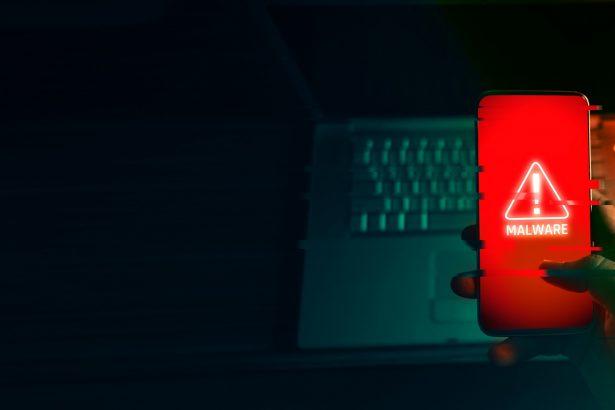Safeguarding our devices from malicious threats is more crucial than ever. Among the various types of cyber threats that have emerged, “Encryption Defender” is a particularly concerning malware targeting iPhones. This article aims to provide a comprehensive guide on understanding, detecting, and removing Encryption Defender from your device, along with offering best practices to prevent future infections.
Encryption Defender is a type of ransomware that specifically targets iPhones, encrypting user data and demanding a ransom for its release. Unlike traditional malware, ransomware like Encryption Defender doesn’t just damage or steal data; it locks it down, rendering it inaccessible until a ransom is paid. This type of threat can cause significant disruptions, leading to potential data loss and financial strain.
Actions and Consequences of Encryption Defender
Once Encryption Defender infects an iPhone, it encrypts files and folders, making them inaccessible to the user. The malware typically displays a ransom note, demanding payment in exchange for the decryption key. This note often includes instructions on how to pay the ransom, usually in cryptocurrency, to maintain anonymity.
The consequences of an Encryption Defender infection are severe:
- Data Inaccessibility: Encrypted files become completely inaccessible, which can affect personal documents, photos, and other critical data.
- Financial Strain: Paying the ransom does not guarantee that the attacker will provide the decryption key. Even if the ransom is paid, there’s no assurance that the data will be restored.
- Privacy Risks: If the ransomware exfiltrates data before encrypting it, sensitive information could be at risk of further misuse.
Detection Names and Similar Threats
Encryption Defender may be known by various names and aliases. Some common detection names include:
- EncryptionDefender
- iPhoneRansomware
- iOSLocker
Similar threats to Encryption Defender include:
- Cryptowall: A ransomware strain that targets multiple operating systems, including iOS, and encrypts files for ransom.
- Locky: Another form of ransomware that encrypts files and demands payment for decryption.
- Jigsaw: Known for encrypting files and then threatening to delete them if the ransom is not paid.
Removal Guide for Encryption Defender
Removing Encryption Defender requires a methodical approach. Follow these steps to address the issue:
- Disconnect from the Internet: To prevent further communication with the ransomware’s server and possible additional threats, disconnect your iPhone from Wi-Fi and mobile data immediately.
- Boot into Safe Mode: Although iOS does not have a traditional Safe Mode, you can disable any suspicious apps or profiles that might be related to the ransomware by going to Settings > General > iPhone Storage and removing apps you do not recognize.
- Check for Suspicious Profiles: Go to Settings > General > Profiles & Device Management. If you see any suspicious profiles, remove them.
- Delete Malicious Apps: Go to Settings > General > iPhone Storage and uninstall any apps that you did not install or that look suspicious.
- Perform a Factory Reset:
- Backup Your Data: Before resetting, ensure that you have a backup of any non-encrypted data.
- Reset Your iPhone: Go to Settings > General > Reset > Erase All Content and Settings. This step will remove all data and apps, including the ransomware.
- Restore from Backup: After the reset, restore your iPhone from a backup made before the infection occurred. Go to Settings > General > Reset > Erase All Content and Settings, then select Restore from iCloud Backup or Restore from iTunes Backup.
- Update iOS and Apps: Ensure that your iPhone’s operating system and all apps are updated to their latest versions. Go to Settings > General > Software Update to check for updates.
- Monitor for Reoccurrence: Keep an eye on your device for any signs of the ransomware reappearing. If issues persist, contact Apple Support for further assistance.
Best Practices for Preventing Future Infections
To avoid future infections of ransomware like Encryption Defender, follow these best practices:
- Keep Software Updated: Regularly update iOS and all apps to patch security vulnerabilities.
- Download from Trusted Sources: Only install apps from the Apple App Store and avoid sideloading apps from unknown sources.
- Be Wary of Suspicious Links: Do not click on links or download attachments from unknown or suspicious emails and messages.
- Use Strong Passwords: Use unique and strong passwords for your Apple ID and other online accounts. Enable two-factor authentication where possible.
- Backup Data Regularly: Regularly back up your iPhone to iCloud or a secure location to ensure that you can recover your data in case of an infection.
By following these guidelines, you can reduce the risk of falling victim to ransomware and protect your valuable data from cyber threats.




